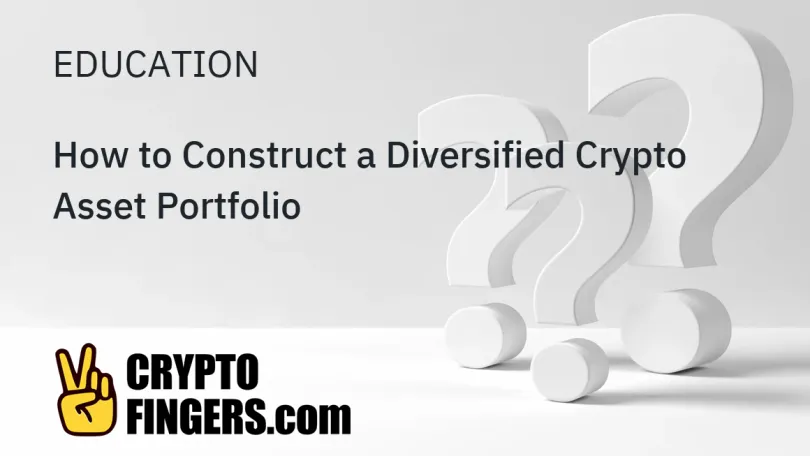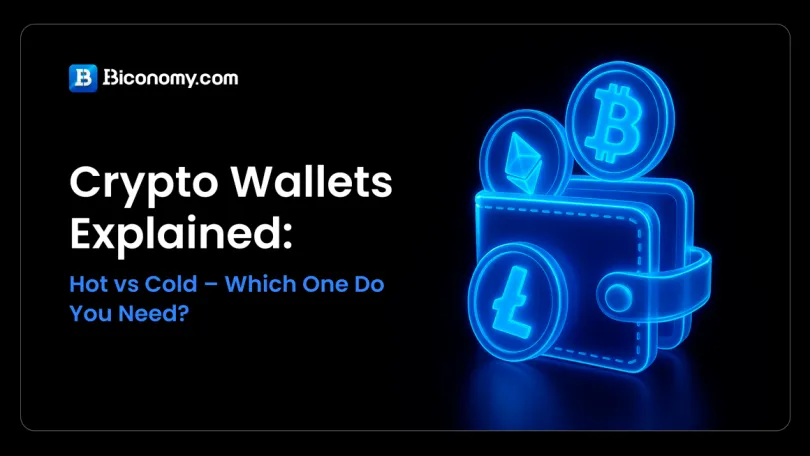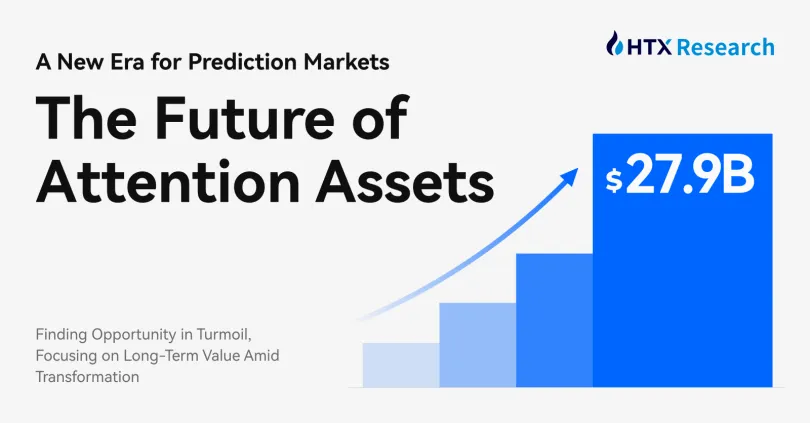
Today, there are almost 2,200 different cryptocurrencies to choose from when building a digital asset investment portfolio.
You have the choice between longstanding digital currencies such as bitcoin (#BTC) and litecoin (#LTC), cryptocurrencies that are used in smart contract platforms such as Ethereum (#ETH) and Syscoin (#SYS), utility tokens such as BNB (#BNB) and Arbitrum (#ARB) as well as tokenized securities such as Overstock’s tZero.
Balancing Crypto Holdings
This multitude of choice can make it difficult for investors – especially newcomers to the cryptocurrency world – to know what asset mix to choose for their investment portfolio.
In this guide, you will learn how to construct a well-balanced digital asset portfolio that suits your investment needs and risk preferences as an investor.
Core Holdings: Bitcoin and Ether (50 to 60 Percent)
The biggest holdings in your digital asset portfolio should be the two leading cryptocurrencies bitcoin (BTC) and ether (ETH). They should make up between 50 to 60 percent of your total crypto asset portfolio depending on your risk preference.
Bitcoin and ether are the two largest cryptocurrencies by market capitalization and have established themselves as the two most valuable digital assets in the market. That is also why these two cryptocurrencies are receiving the bulk of new investor money inflows into the digital asset market. Also, compared to altcoins with lower market capitalizations, these two coins also have a lower volatility, i.e., are perceived as being less risky than their peers.
While many newcomers to the cryptocurrency investment space are keen to find the "next bitcoin" among the wave of altcoins in the market, the reality is that bitcoin has still been an excellent performer in the past twelve months and is very well positioned for this to continue in the coming months and years.
The same goes for Ethereum. The platform has been receiving a lot of traction from both the public and private sector and this is is a growing trend. Hence, next to bitcoin, ether should be an integral part of every digital asset portfolio.
How you split bitcoin and ether as core holdings is up to your conviction and risk preference. Generally, bitcoin should carry more weight than ether.
Top 25 Altcoins (30 to 40 Percent)
Next, you want to purchase the most promising altcoins out of the top 25 largest cryptocurrencies by market share. Around 30 to 40 percent of your portfolio should be dedicated to these altcoins. They have managed to establish themselves as cryptocurrencies with a potentially bright future but come with more volatility than bitcoin and ether.
Furthermore, these are the cryptocurrencies that will likely receive investment from institutional investors such as hedge funds that are entering the digital asset space as they are perceived to have a higher upside than bitcoin as they are less mature and are still on the way to reaching their full potential.
ICO, IDO, INO, IGO Tokens and "Small Cap" Altcoins (10 Percent)
Finally, you want to dedicate a small percentage of your portfolio – around ten percent – to recently issued ICO tokens, and "small cap" altcoins that you believe have the potential to succeed. These cryptocurrencies are highly volatile and very risky. However, they also have the potential to increase in value by several thousand percent in only a few months.
A study by Deloitte revealed that only eight percent of blockchain projects that were launched on GitHub are still up and running today. These drops clearly indicate the risk of purchasing the digital tokens of newly launched blockchain projects. Hence, the exposure to these types of cryptocurrencies should be limited to ten percent of your overall portfolio.
The exact weighting of how much you hold in bitcoin and ether versus major altcoins and small-cap coins will depend on how much risk you feel comfortable with as an investor. If you can handle portfolio value fluctuations of 30 to 50 percent within a week, then you can increase your altcoin holdings whereas if you prefer your portfolio not to swing around too much you want to hold a higher percentage of bitcoin and ether.
Alternative Portfolios to Consider
The above-mentioned #portfolio suggestions make for excellent entry-level portfolios for those who want broad exposure to the digital asset market to benefit from the rise in the value of cryptocurrencies overall. However, there are also different portfolio building approaches you can take.
For example, you could set up a portfolio by applying an index tracking approach where you purchase the top ten or twenty cryptocurrencies in relation to their market capitalization according to #CoinMarketCap or #CoinGecko.
Alternatively, you could buy a digital asset portfolio that focuses on a particular theme such as privacy or decentralized exchanges.
For a privacy-themed cryptocurrency portfolio, you would buy the most promising anonymous and privacy-focused altcoins such as Zcash (#ZEC), Monero (#XMR), PIVX (#PIVX), etc. in relation to their market capitalizations.
If you want to invest in the growth of decentralized exchanges you could purchase digital tokens of blockchain projects in that space and purchase them in relation to their market capitalization.
Whichever investing approach you opt for when constructing your crypto asset portfolio, perhaps the most critical aspect is secure storage of your assets. Hence, it is important to store all larger portfolio holdings – especially your long-term holdings – in cold storage on a hardware wallet or a paper wallet to ensure your digital wealth is safe.



























